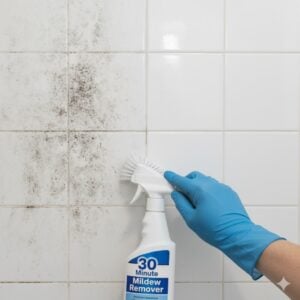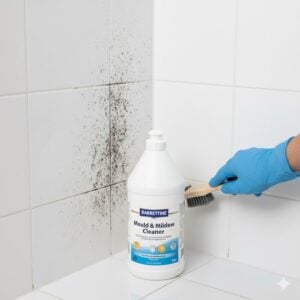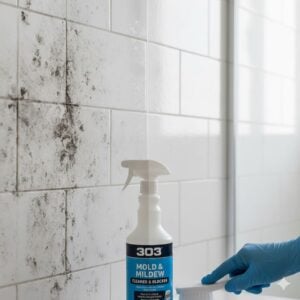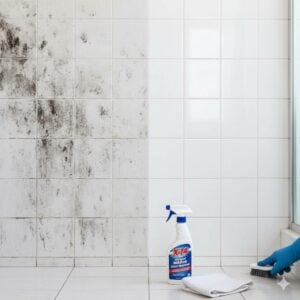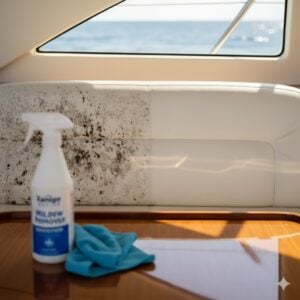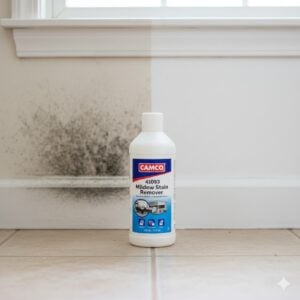Mold in your house isn’t just ugly—it can cause real damage to your health and property. Whether you live in a villa in Abu Dhabi or an apartment in Dubai, mold thrives in the UAE’s humid climate and can spread faster than you might think. Understanding the causes, risks, and solutions for household mold is essential if you want to keep your living space safe, healthy, and clean.
In this guide, we walk you through everything you need to know about mold at home in the UAE—from where it hides to how to remove it permanently.
Table of Contents
Toggle1. Why Is Mold a Problem in UAE Homes?
UAE homes, especially in coastal cities like Dubai and Sharjah, are at higher risk of mold due to a mix of high humidity, poor ventilation, and heavy use of air conditioning. The insulation in many buildings traps moist air inside, and without regular airflow, that moisture clings to walls, ceilings, and furniture.
Common reasons mold is such a big issue in UAE households:
- AC units and ducts: Dust and moisture in the system encourage fungal growth inside vents and filters.
- Bathrooms without windows: These spaces stay damp for hours, giving mold a perfect spot to grow.
- Closed windows: Keeping windows shut all day to avoid heat reduces air circulation.
- Water leaks: Slow leaks under sinks, behind washing machines, or from roofs go unnoticed until mold appears.
Living with mold means constant exposure to airborne spores, which can lead to respiratory issues, fatigue, and even skin irritation over time.
2. What Does Household Mold Look and Smell Like?
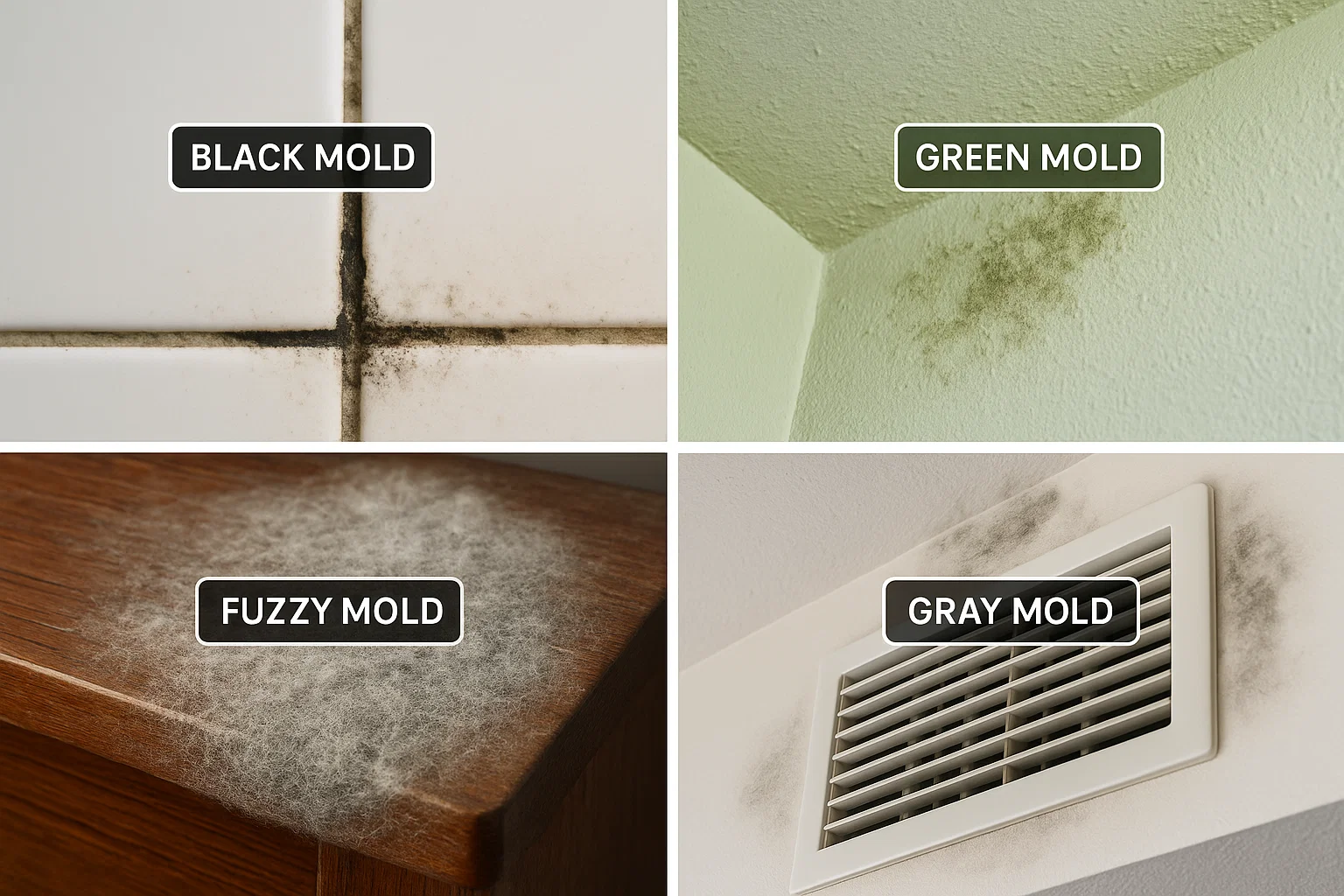
Identifying mold early helps you avoid costly repairs later. Here’s how you can tell if what you’re seeing is really mold:
Common signs:
- Discolored patches on walls or ceilings – usually black, green, gray, or even pink
- A musty, earthy smell – especially in rooms with poor airflow
- Peeling paint or wallpaper
- Damp or humid feeling in the air, even with AC running
Sometimes, mold can hide behind furniture, under carpets, or inside air ducts—so trust your nose and keep an eye on recurring moisture problems. If you suspect hidden mold, it’s worth calling for a professional inspection.
3. Is It Safe to Stay in a House With Mold?
This depends on the amount of mold and your personal health. While small spots of mold in the bathroom might not be dangerous, large patches or repeated outbreaks indicate a more serious problem.
Possible health risks:
- Allergic reactions (sneezing, itchy eyes, runny nose)
- Worsening asthma or respiratory conditions
- Fatigue, brain fog, and difficulty concentrating (especially with long-term exposure)
- Skin rashes or irritation
Children, the elderly, and people with compromised immune systems are most vulnerable. Even pets can be affected. So while it might be okay to stay in the house for a short time with minor mold, long-term exposure—especially in bedrooms or living areas—is not recommended. Mold should always be treated seriously.
4. How Do You Get Rid of Mold in Your House?
To remove mold properly, you need a step-by-step approach. Simply painting over mold or spraying perfume won’t work—mold will return within days.
Here’s a safe and effective mold removal process:
- Identify the source of moisture: Without solving the root problem (leak, condensation, poor airflow), mold will come back.
- Remove visible mold: Scrub surfaces with mold cleaner or diluted bleach. Use protective gloves and a mask.
- Dry the area completely: Use dehumidifiers, fans, or open windows if possible.
- Fix ventilation: Install exhaust fans or air purifiers in problem areas.
- Paint with mold-resistant paint: For areas like bathrooms or ceilings, repaint with anti-fungal coatings.
For severe infestations (larger than 1 sq.m. or affecting porous materials like drywall), it’s best to call a mold remediation team. We at Bio-On offer safe, eco-friendly removal services across all Emirates. Just click the contact button on the right-middle of this post and we’ll help you inspect your space for free.
5. How Much Does It Cost to Remove Mold in UAE?
Prices for mold remediation vary depending on how much area is affected. At Bio-On, here’s our general pricing structure:
| Area Size | Price (AED) |
|---|---|
| Up to 1 sq.m. | 35 per sq.m. |
| 1 – 3 sq.m. | 30 per sq.m. |
| 3 – 7 sq.m. | 25 per sq.m. |
| 7 – 10 sq.m. | 20 per sq.m. |
| Over 10 sq.m. | Free inspection |
We also offer advanced mold identification services (like lab testing, air sampling, and humidity checks) for AED 1000 each—recommended if you want to test for toxic mold or get certified reports.
Conclusion
Having mold in your house isn’t just a cleaning problem—it’s a health and property concern that grows worse the longer you wait. Whether you spot black patches on the bathroom ceiling or detect a musty smell in your closet, the sooner you act, the better.
We recommend addressing mold through inspection, cleanup, and prevention. If you’re unsure about the extent of mold in your home, or want a professional opinion, click the contact button on the right-middle of this post. Our team at Bio-On is available across the UAE, ready to help you breathe easier at home again.








